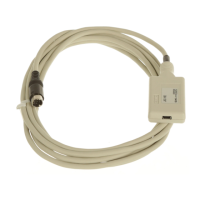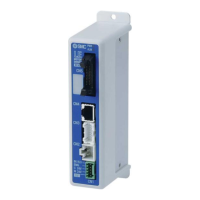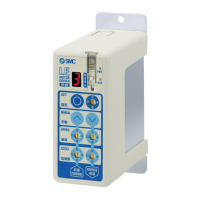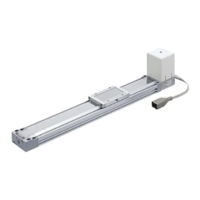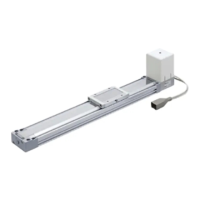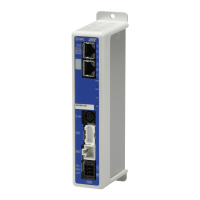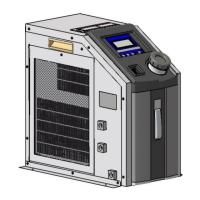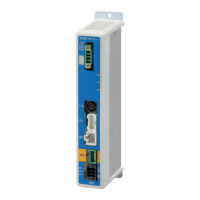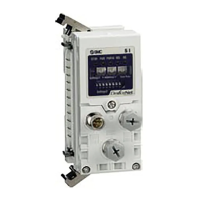16. HOW TO USE THE POINT TABLE
Operational specifications
Positioning with specification of point table No. (255 points)
Position command input (Note 1)
Set in the point table.
Setting range of feed length per point: -999999 to 999999 [×10
STM
µm],
-99.9999 to 99.9999 [×10
STM
inch], -999999 to 999999 [pulse]
Set the acceleration/deceleration time constants in the point table.
Set the S-pattern acceleration/deceleration time constants with [Pr. PT51].
Signed absolute position command method/relative position command method
Limits the servo motor torque.
Each positioning operation
Point table No. input method
Operates each positioning based on position command and speed command.
Automatic continuous
positioning operation
Varying-speed operation (2 to 255 speeds)/automatic continuous positioning operation (2 to 255 points)/
Automatic continuous operation to a point table selected at startup/automatic continuous operation to the point
table No. 1
Executes an inching operation via network.
Dog type
(Rear end detection, Z-
phase reference)
For the descriptions of the home position return types, refer to chapter 18,19,20.
Count type
(Front end detection, Z-
phase reference)
Stopper type
(Stopper position
reference)
Dog type
(Rear end detection, rear
end reference)
Count type
(Front end detection, front
end reference)
Dog type last Z-phase
reference (Note 2)
Dog type front end
reference
Dogless Z-phase
reference (Note 2)
Home position ignorance
(servo-on position as
home position)
Homing on positive home
switch and index pulse
(method 3)
Homing on positive home
switch and index pulse
(method 4)
Homing on negative home
switch and index pulse
(method 5)
Homing on negative home
switch and index pulse
(method 6)

